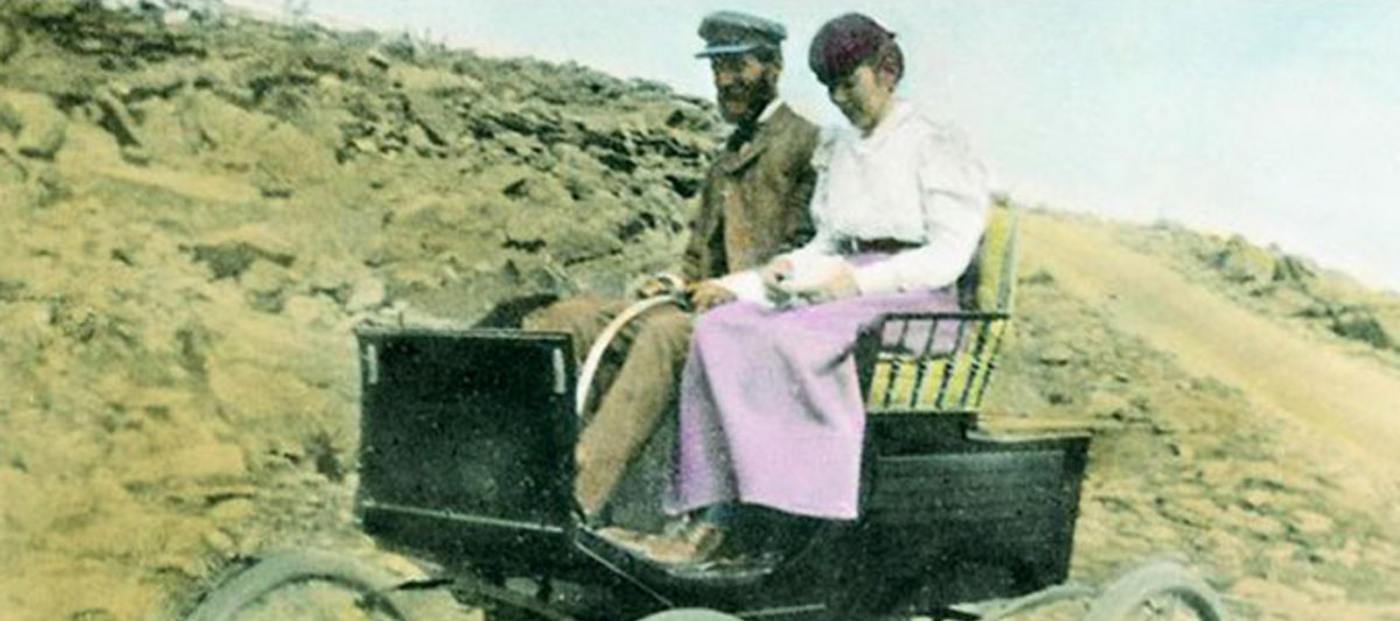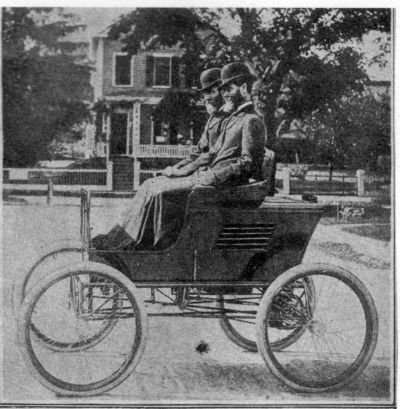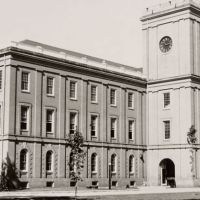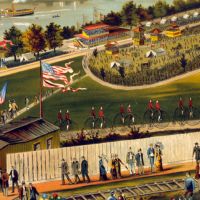Having mastered the engine, Duryea was determined to build a vehicle designed from the beginning as an automobile, rather than a converted carriage. The 1896 Duryea garnered worldwide fame by winning what may have been the nation's first auto race. In November of 1895, the Duryea bested a German Benz and four other entries, traveling 54 miles at an average of about seven miles an hour, in open cars, in a Chicago blizzard. The $2,000 prize was nothing compared to the publicity.
It came at a good time, for the Duryea brothers had just incorporated the Duryea Motor Wagon Co. in Springfield — the first company in the country that produced automobiles in quantity and at a profit. In 1896 the shop turned out 13 nearly identical Duryeas, earning the Springfield brothers the title "Fathers of the American Automobile Industry."
The Duryea Co, (which later became the Stevens-Duryea Co.) produced nearly 14,000 cars in factories in East Springfield and Chicopee. Although it had its home in the city that pioneered mass production at the Springfield Armory, the Duryea Co. failed to adopt assembly line systems and interchangeable parts. One local writer recalled "looking into [the factory] windows and seeing the same car, day after day, as the small crew assigned to that car worked to complete it." Only the wealthy could afford to buy a car made this way. When Henry Ford began mass-producing the relatively inexpensive Model T in 1913, it signaled the beginning of the end for the Duryea Co. It went out of business in 1915.








